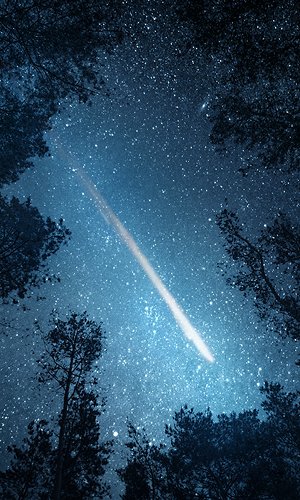A team of European researchers has tested a new method using a high-powered laser and a foam ball to create stars in the laboratory! Researchers have experimented with a new simulation method for small-scale reproduction of one of the most important cosmic processes in star formation: the interaction between molecular clouds, i.e. concentrations of gas and dust in space, and supernova remnants, i.e. the material left over from the giant explosion in which massive stars die.
In particular, the research, carried out by teams of researchers from various European institutions (École polytechnique in Paris; Free University of Berlin; Russian Academy of Sciences; Institute of Technical Physics in Moscow; Cea; Oxford University; Osaka University), aimed to study the role of shock waves in stimulating molecular clouds. The results are published in Matter and Radiation at Extremes.
When isolated, molecular clouds remain in their state of stability, whereas when triggered by external factors, such as supernova remnants, they can trigger star formation processes. The shock waves generated by this interaction propagate through the gas and dust in the cloud, compressing these elements into pockets of dense material. When beyond a certain limit, this pressure causes these dense concentrations to collapse, thus generating new stars.
This process is very difficult to study, because astronomical instruments do not have sufficiently high spatial resolution to observe it, and numerical simulations cannot handle the complexity of the interaction between clouds and supernova remnants.
To overcome this limitation, the researchers took a foam ball and a high-powered laser into the laboratory, to simulate respectively a dense area within a molecular cloud and the propagating shock wave. In the recreated model, the foam responded differently to the passage of the laser: while one part of it compressed, another stretched, creating regions with different densities. This is a variability that researchers will need to take into account in the future in order to more accurately measure the compressed material and the impact of the shock wave on star formation.
“Our primitive molecular cloud, where the Sun formed, was probably triggered by supernova remnants,” said Albertazzi. “This experiment opens up a promising new avenue for laboratory astrophysics to understand all these important points.”




